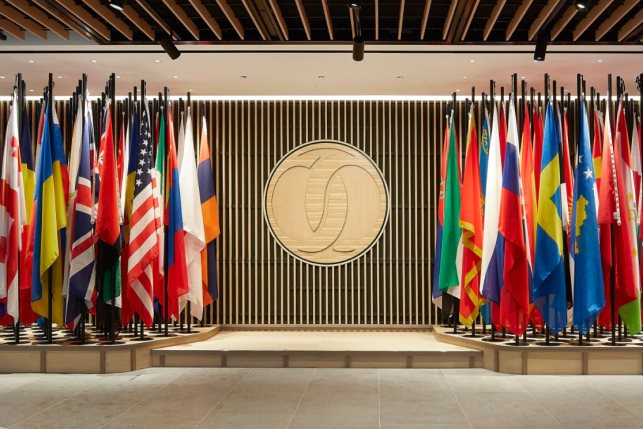Egypt’s PMI recovers to close 2022 at 47.20, non-oil businesses optimistic
Despite the recovery, S&P reported that it indicates a solid deterioration in the health of the non-oil business sector

Accelerated inflation continued to slow down Egypt’s non-oil sector at the end of 2022, however, expectations towards future output improved for the second month running from October's record low and are at its strongest since June.
The S&P Global Egypt Purchasing Managers’ Index (PMI) improved to 47.20 in December from 45.40 in November, with the report pointing to deaccelerated drops in the decline of output and new business compared to the month before. Cost inflation also slowed from November's over four-year high.
Despite the recovery, S&P reported that it indicates a solid deterioration in the health of the non-oil business sector.
“Cost concerns led firms to reduce their headcounts and deplete input inventories in December, leading to an additional rise in backlogs of work. On a positive note, hopes that inflation will be tamed in 2023 through interest rate hikes and the subsequent slowing of demand meant that firms were more optimistic for activity in the year-ahead,” explained David Owen, Economist at S&P Global Market Intelligence.
The slower contraction was reflected in the non-oil economy’s output and new orders, showing a sharp but softer fall in activity and new business.
Output prices continued to rise rapidly at the end of the year as firms passed a greater proportion of their expenses onto clients, according to Owen.
Lower activity generally reflected weak demand conditions, it added, pointing out that the downturn in sales was broad-based across the monitored sectors, albeit relatively mild in the service category.
Output levels were also constrained by a sharp drop in purchasing activity in December, which fell for the 12th successive month and at the strongest rate since June, with higher material prices limiting buying activity.
Several businesses cited poor liquidity and supply shortages due to import control regulations as causes. Input shortages led companies to draw down stocks to meet the local demand, leading to a further drop in inventories.





